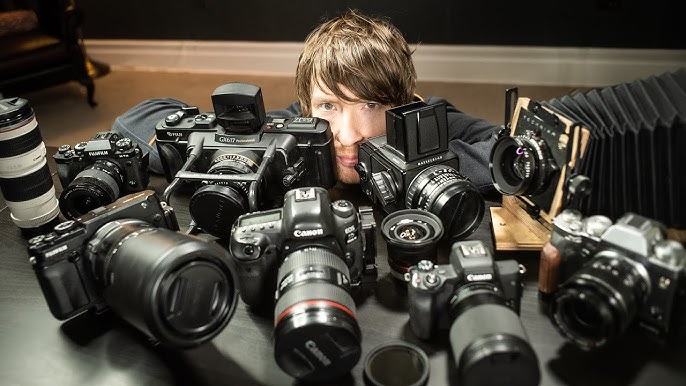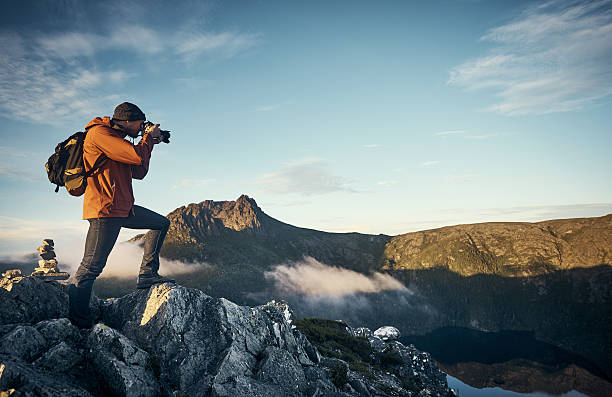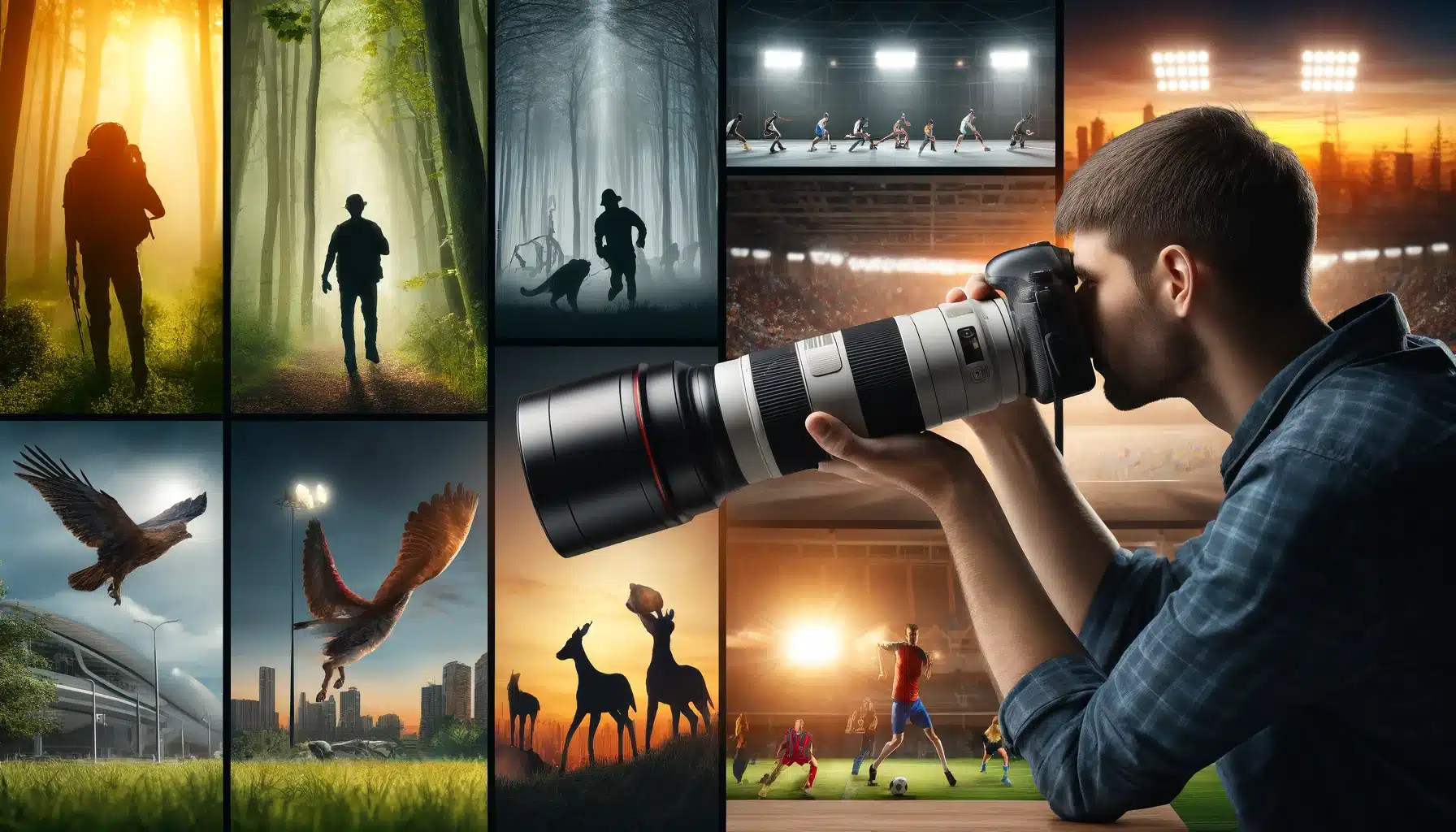Mastering the Lens: Emerging Trends and Techniques in Modern Photography

6-12-2024, 05:23 Admin 3 543 0
Photography has undergone a significant metamorphosis over the past couple of decades, thanks to the relentless progress of technology and innovative techniques. This makes the modern era an exciting time to explore the contemporary trends sweeping through the field of photography. In the eighth discourse of "Mastering the Lens: Emerging Trends and Techniques in Modern Photography," the focus is on the tech-powered innovations reshaping the landscape of modern photography and enabling photographers to optimize efficiency.
The first trend to discuss is computational photography. This technique involves the manipulation of images through software, permitting photographers to effortlessly create surrealist and complex images. A classic example of this trend is seen in Google's Night Sight feature, an innovation that allows for low-light photography without the need for flash. Computational photography not only offers a way to optimize efficiency but also opens up exciting artistic opportunities by fusing technology with creativity.
Secondly, drone technology has set a new standard for aerial photography. With drones, photographers can capture images from perspectives and heights that were previously unattainable. For instance, BBC Earth used a drone to film a volcanic eruption live, offering an unprecedented view while safeguarding the camera crew. Moreover, drones augment efficiency as they significantly cut down the time required for setting up traditional aerial shots.
Virtual Reality (VR) is another revolutionary trend in the photographic sphere. Beyond its application in video gaming, VR is now being integrated into photography to create immersive 3D images. Artists like Alix Marie have expertly employed VR to create alluring ‘body landscapes,’ presenting a ground-breaking use of this technology. In essence, VR takes viewers beyond mere visual reception to an interactive experience, and photographers using VR can produce richer, more involving content more efficiently.
Artificial Intelligence (AI) has also emerged as a pivotal tool in modern photography. AI enhances automatic image recognition, enabling features such as face and object recognition in photo editing software. Adobe's Sensei AI illustrates this trend: it uses machine learning to automatically tag images. The efficiency gains here are substantial, significantly reducing the time photographers invest in sorting and categorizing their work.
Lastly, the emergence of social media oriented optimization is a trend that cannot be ignored. Instagram, for example, has transformed its platform to a sprawling digital gallery, introducing new professional-quality tools like adjustable filters, shadow editing, and sharper resolution. A significant efficiency benefit is seen in streamlined digital marketing, allowing photographers to engage a wider audience effortlessly.
In conclusion, the modern age has transformed the lens through which we view photography. The advancements in technology have not only fostered creativity but have also significantly enhanced efficiency while widening the scope of photography. The innovations of computational photography, drone technology, VR, AI, and social media optimization serve as testament to an exciting future of modern photography. Technology and creativity continue to intertwine, promising even more remarkable developments in this dynamic field.
The first trend to discuss is computational photography. This technique involves the manipulation of images through software, permitting photographers to effortlessly create surrealist and complex images. A classic example of this trend is seen in Google's Night Sight feature, an innovation that allows for low-light photography without the need for flash. Computational photography not only offers a way to optimize efficiency but also opens up exciting artistic opportunities by fusing technology with creativity.
Secondly, drone technology has set a new standard for aerial photography. With drones, photographers can capture images from perspectives and heights that were previously unattainable. For instance, BBC Earth used a drone to film a volcanic eruption live, offering an unprecedented view while safeguarding the camera crew. Moreover, drones augment efficiency as they significantly cut down the time required for setting up traditional aerial shots.
Virtual Reality (VR) is another revolutionary trend in the photographic sphere. Beyond its application in video gaming, VR is now being integrated into photography to create immersive 3D images. Artists like Alix Marie have expertly employed VR to create alluring ‘body landscapes,’ presenting a ground-breaking use of this technology. In essence, VR takes viewers beyond mere visual reception to an interactive experience, and photographers using VR can produce richer, more involving content more efficiently.
Artificial Intelligence (AI) has also emerged as a pivotal tool in modern photography. AI enhances automatic image recognition, enabling features such as face and object recognition in photo editing software. Adobe's Sensei AI illustrates this trend: it uses machine learning to automatically tag images. The efficiency gains here are substantial, significantly reducing the time photographers invest in sorting and categorizing their work.
Lastly, the emergence of social media oriented optimization is a trend that cannot be ignored. Instagram, for example, has transformed its platform to a sprawling digital gallery, introducing new professional-quality tools like adjustable filters, shadow editing, and sharper resolution. A significant efficiency benefit is seen in streamlined digital marketing, allowing photographers to engage a wider audience effortlessly.
In conclusion, the modern age has transformed the lens through which we view photography. The advancements in technology have not only fostered creativity but have also significantly enhanced efficiency while widening the scope of photography. The innovations of computational photography, drone technology, VR, AI, and social media optimization serve as testament to an exciting future of modern photography. Technology and creativity continue to intertwine, promising even more remarkable developments in this dynamic field.
Related News
Leave a Comment


